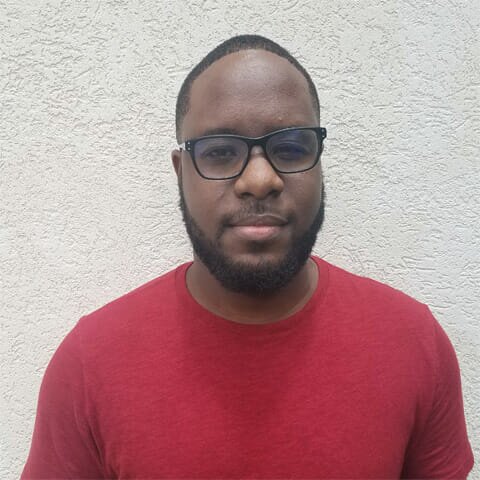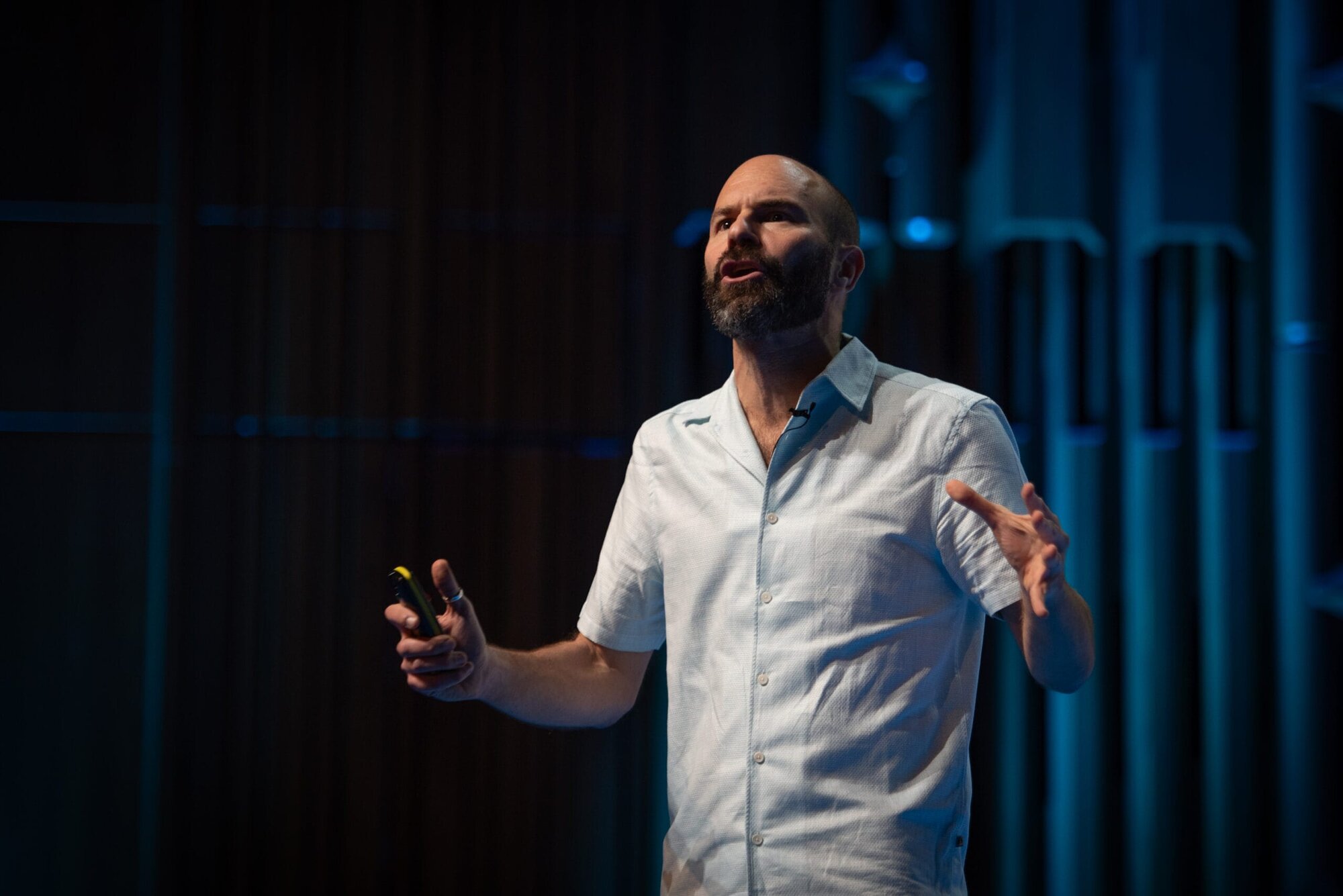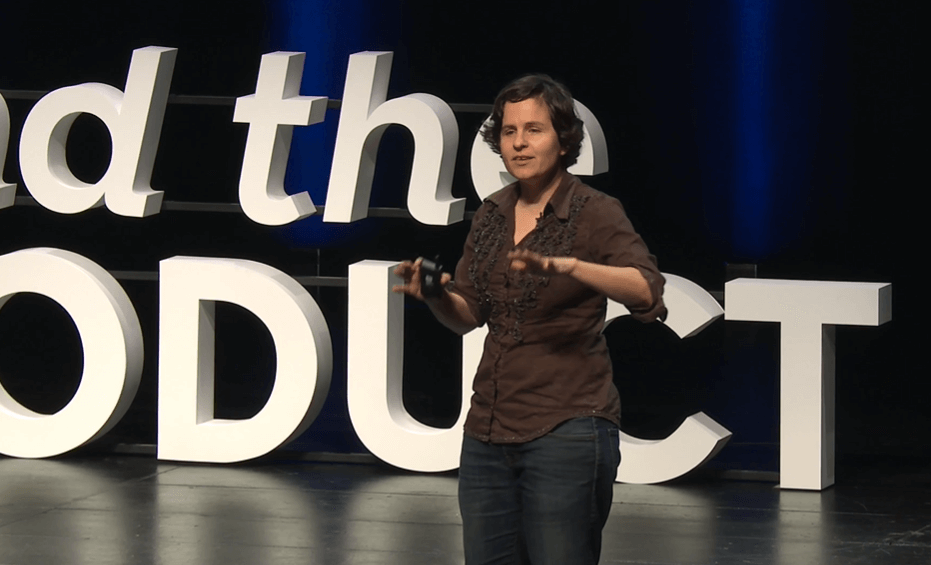In this ProductTank London talk, Merissa Silk, then CPO at Fundingport, provides some practical tips and tricks to becoming more product-led and ways to get everyone in your organization thinking like a product person even if management isn't entirely convinced.
Her key points include:
- Applying product thinking will help you to know what to build and how to prioritize what to build next
- Product thinking can be applied to a roadmap to keep your team aligned
- Applying the a Now, Next, Future framework can help with alignment, as can providing a one-pager
Watch the session in full to see the talk or read on for an overview of her key points.
Knowing what to build
Product thinking will help you know what to build by providing three ways to get everyone on the same page.
- Identifying the problem: Think about your user and what they need to do. Where is their pain or friction point? Tools like personas and jobs to be done can help to identify these problems.
- Explore opportunities: Consider how to solve this problem for the user and the potential impact of solving it for users and the business.
- Consider solutions: What solutions are possible from a business perspective? Consider the constraints and how technology can be used to help solve the problem.
Following these steps provides a basic template for stakeholders to adopt product thinking. Another way of approaching this is to follow a more advanced template of '5Ws and H' (What, Who, Why, Where, When, How). If product managers or team members can't articulate the problem clearly, research is needed.
Prioritizing
Product thinking can help teams prioritize. Product managers need clear company goals to prioritize successfully. It's management's job to set company goals and then for product teams to translate those into incremental value for your users. Use the company goals as the starting point for your product goals. Goals become metrics, and metrics become ideas, which then become features that can then be prioritized.
Keeping your team aligned
Product thinking can be applied to a roadmap to keep your team aligned. Some companies may use Gantt charts, but these are for projects, not products. Instead, Merissa explains how to use a Now, Next, Future framework:
- Now: Granular areas of focus, Specific scope, Specs & designs, Less flexible, Prioritized
- Next: Wider areas of focus, Some flexibility, Lo-fidelity stretches or designs
- Future: High-level, broad scope, Flexible
This framework can be applied to features, topics, or problems you want to validate or solve. Finally, as a product manager, you may want to create a one-pager to provide additional context. It should outline:
- What are you building? And who is it for?
- Why did you decide to build it?
- When do you expect to deliver?
- How does the feature align with the company goals?
The key takeaway from this talk is that following this approach to being product thinking can help improve productivity and aid in prioritization within any organization.
Enjoy more ProductTank content
ProductTanks are informal meetups, created by Mind the Product, to bring local product people together and to enable speakers to share amazing product insights. Today we have ProductTanks in more than 200 cities across the globe and there’s probably one near you.
Learn more about ProductTank – find your local meetup, explore more ProductTank content, see the latest ProductTank news, and discover ways to get involved!






